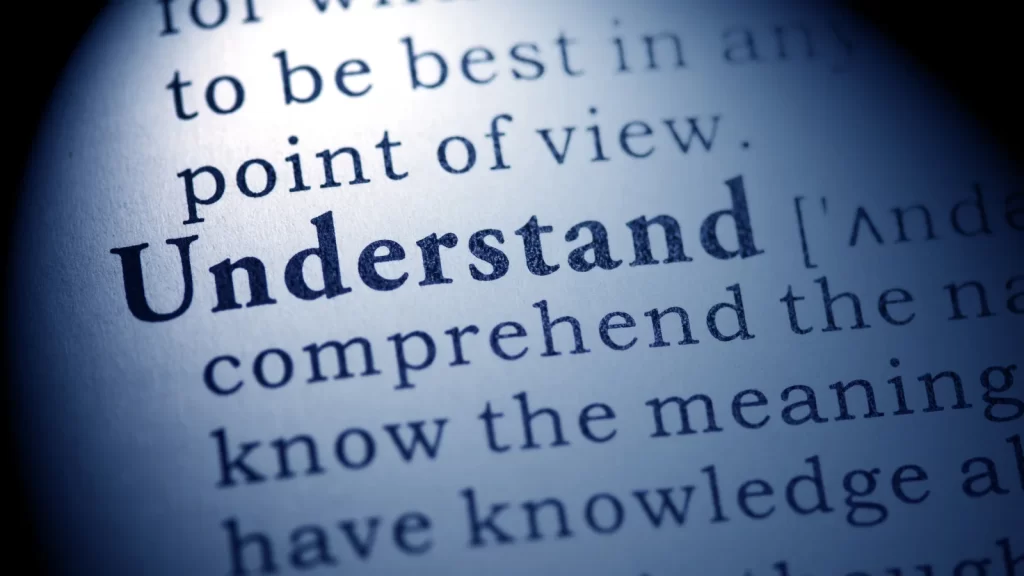Generative AI, including models like ChatGPT, has revolutionised content creation by offering an ability to mimic writing styles. However, can it truly replicate your unique writing style? The answer lies in understanding what defines your style and how AI learns to replicate it. While it can simulate patterns and tones effectively, there are limitations that make it more of a collaborator than a competitor.
Let’s explore how generative AI aligns with your writing skills and style.
Understanding Your Writing Style

“Your writing is an extension of your personality, expressed through tone, vocabulary, and structure.”
Every writer’s voice is unique, shaped by their tone, choice of words, and thematic inclinations. AI like ChatGPT analyses this through:
- Tone: It identifies if your writing is formal, conversational, or authoritative.
- Vocabulary: AI observes your word choices and sentence complexity.
- Structure: It tracks how you transition between ideas, organise paragraphs, and create flow.
- Themes: Recurring ideas or concepts in your work are recognised.
Thus, we can say that generative AI learns from the patterns and consistencies in your writing. However, its understanding of your creative intent remains superficial.
How AI Mimics Your Style?
“AI doesn’t copy; it learns patterns to echo your voice.”
AI can replicate your writing style using the following methods:
- Custom Fine-Tuning: By training on a dataset of your previous work, generative AI can be fine-tuned to mimic your style. For example, if you favour a conversational tone with metaphors, it will adapt to this.
To do this, AI requires a substantial body of your work so that it can study different writing styles you use across topics.
- Prompt Engineering: You can guide AI by describing your preferences directly in a prompt. For instance, “Write this in a concise, authoritative tone using technical terminology.”
While less precise than fine-tuning, prompts allow you to tailor the AI’s output dynamically without extra training.
Limitations of Generative AI

“AI is a brilliant mimic, but it isn’t a creator.”
Generative AI like ChatGPT is still new. It still faces several challenges in fully replicating your unique writing style, such as:
- Subtle Nuances: AI often misses subtleties like cultural references, emotional depth, or nuanced humour. While it can write ‘like you’, it might miss the ’soul’ of your writing.
- Evolving Style: A human’s writing skills evolve over time – adapting to audiences or trends. AI struggles to keep up without frequent updates. Thus, you can say that a model trained on older work may misrepresent your current style.
- Human Creativity: AI generates content based on patterns; it lacks the ability to produce truly original ideas or emotions. Hence, AI can mimic but it cannot innovate, which means that human creativity has become even more precious.
Making It More Accurate
“AI works best when humans guide its learning.”
If you want generative AI to closely mimic your writing style, here’s how to make it more accurate:
- Curate a Dataset: Compile examples of your best work for fine-tuning. The more diverse and representative the dataset, the better. You can say that generative AI will need a whole portfolio of your writing to write like you.
- Use Feedback Loops: Edit and refine AI outputs to teach it what works and what doesn’t. If you commit to giving iterative feedback to AI models, it helps its mimicry of your writing skills.
- Leverage Custom Tools: Some platforms offer personalisation options for creating a model based on your style. Tools like OpenAI, Copy.ai, Jasper AI, Sudowrite, AI21 Labs, Writer.com, etc.offer customisation options that make AI a better collaborator for you in content creation.
Is AI a Threat or a Tool?

“AI isn’t here to replace you; it’s here to amplify you.”
Rather than viewing generative AI as a rival, consider its role as a tool to complement your writing. It can help you with:
- Time-Saving: AI can handle repetitive tasks like drafting or formatting, giving you more time to focus on creativity. It speeds up the writing process without compromising your unique touch.
- Consistency: Use AI to maintain uniformity in tone across platforms, ensuring your writing style is cohesive. Since AI excels at adhering to established patterns, it becomes easier for you to write similarly across platforms.
- Creativity Booster: Let AI suggest ideas or frameworks, and then add your personal flair to refine the content. Hence, you can act as the ‘creative mind’ and let AI handle the groundwork. Just don’t forget to cross-check facts or sources AI suggests.
Conclusion: A Partner, Not a Replacement
While generative AI like ChatGPT can replicate aspects of your writing style, it cannot replace the intuition, emotion, and creativity that define your unique voice. Think of AI as a collaborator—a tool to enhance your productivity and consistency, not a threat to your originality.
“Your writing is your signature, and AI can only learn to echo it. The pen, as they say, is still mightier—especially when wielded by a human mind.”
Read Also – How To Make Viral Reels: Storytelling Tips
Legal Awareness Week 2024: Awareness Programmes You Should Know About

